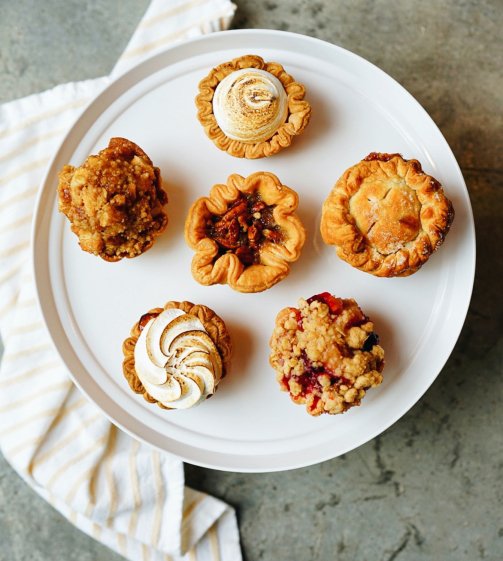
There are two main sources of concentrated flavouring.
One is prepared from fruits and plants and the other which is chemically produced to stimulate flavours. The main sources of NATURAL flavours are different parts of plants. These include the fruit, seed, root, bark, stem, leaves, flower and bud. They maybe classified under four main headings:
HERB
SPICE
NATURAL EXTRACTS
ESSENCES
Artificial colourings made from inorganic pigments have unlimited variety and as with all colourings and flavours they must meet legal requirements being non toxic and harmless.
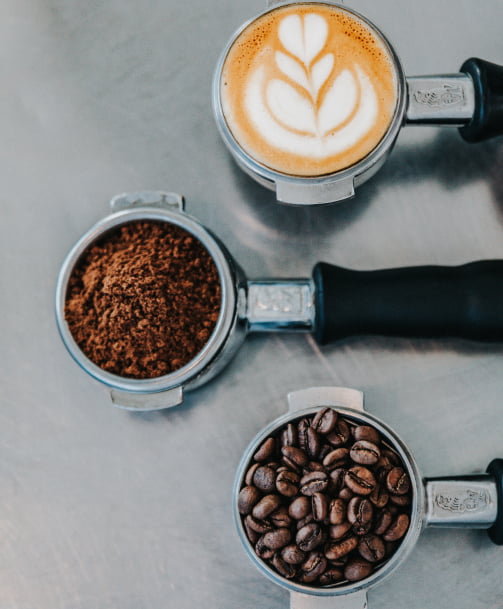
The advantages of using these are that they are more palatable and nutritious.
ORANGES/LEMONS – Use the grated zest/thinly pared zest can be steeped in liquid to produce syrups. The whole rind can also be candied, as well as using the juice.
COCOA/CHOCOLATE POWER/GROUND ALMONDS – Mainly added to flour and used in the production of cakes. Cocoa and chocolate powder can also be added to a liquid for sauces. Cocoa powder is bitter in flavour, strong and dark in colour. Chocolate powder is delicate, pale in colour and contains more fat and sugar.
COFFEE – In the form of coffee beans and ground coffee. Mainly made into a sugar syrup, boiled and strained for a rich, strong coffee flavour and colour.
WINE/SPIRITS/LIQUEURS – Added to a product or used to moisten.
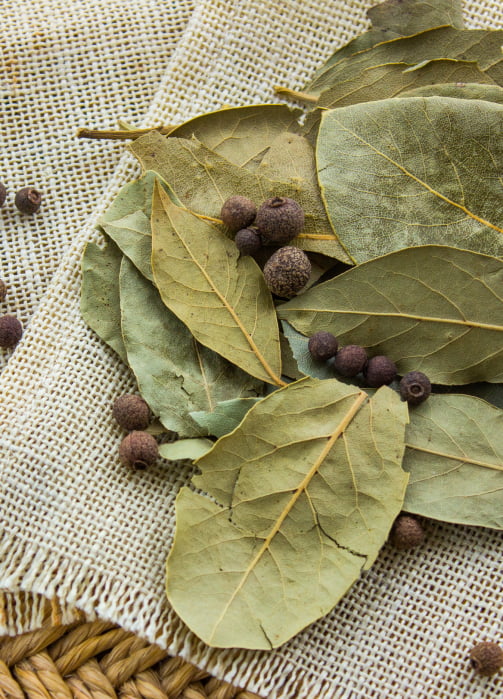
ANGELICA – From a plant with a thick hollow stem, this is crystallized. It does not have a strong flavour, but is green in colour so it is mainly used for decoration.
BAY LEAVES – These are from an evergreen plant and are used in the production of syrups, sauces and milk puddings.
Spices
These are found in two forms, seed or powdered
ALLSPICE/MIXED SPICE – Contains cinnamon, nutmeg and clove and is used in the production of cakes and pies.
ANISEED – These are small seeds from the Anise plant. It has a liquorice flavour and is used in cakes, syrups and to flavour fruit.
CARAWAY SEED- Small black seeds, slightly tapered at one end. Has a strong flavour like aniseed, is mainly used in the production of bread and cakes.
CINNAMON – Inner part of the bark of a small tree. Has a sweet flavour and is mainly used in fruit compotes, sauces and cakes.
CLOVE – Dried unopened flower buds, the flavour goes very well with apple.
Read More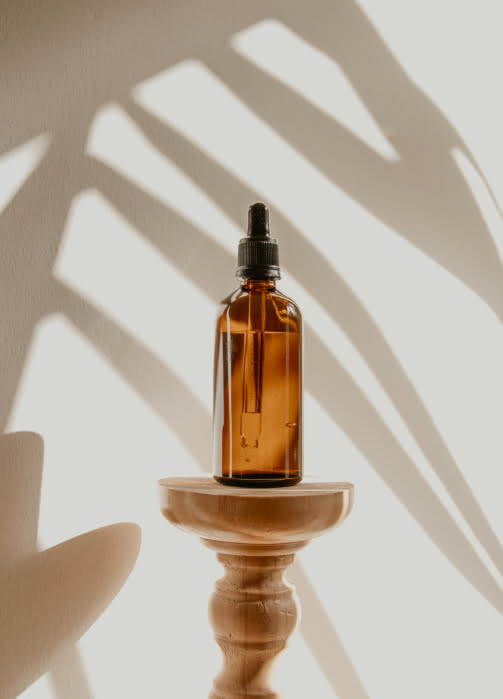
Liquid flavourings are processed in a concentrated liquid form from the essential oil extracted from plants and fruits. This process is performed either by pressing or by distilling. Not all products lend themselves to these processes, so the variety of natural essences is limited.
ALMOND – Obtained by pressing and the distillation of almonds. A cheap variety is produced from peach or apricot kernels.
FRUIT – ORANGES/LEMONS – Essential oils are pressed from the rinds of the skin.
VANILLA PODS – Fruit of the climbing orchid, it is a long thin black bean. Vanilla flavour is produced by soaking the pod in alcohol and then filtering it. Fermentation is the next step which produces crystals that flavour the alcohol.
ORANGE/ROSE WATER – Flowers contain essential oils and they are extracted by steeping the petals in hot water and distilling. They have a delicate perfume flavour.
Manufactured essences are composed of various chemical compounds. They are cheap to produce and resemble natural flavours fairly closely, but lack the aroma. They can be produced in an extensive range. Simulated flavours of fruit, spices, and liqueurs are also produced but seldom do any of these contain natural oils.
HAVE A QUESTION?
Talk to the Chef


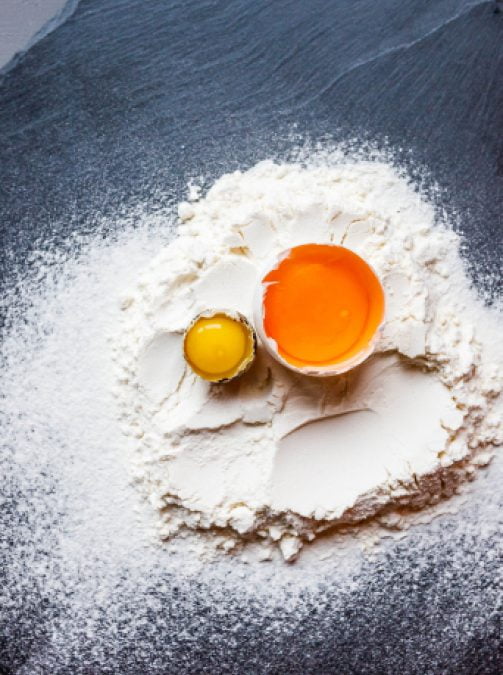

I hoped this section would include how to make small amounts of flavoured oils for dressings e.g. chive oil, rosemary oil, lemon oil.
These are common in fine dining restaurants in Australia.
Hi Rebecca. The dressings you mention are all traditionally used as for savoury dishes/dipping etc. We only cover sweet dressings, coulis and so on for pastries as that what our course is all about!